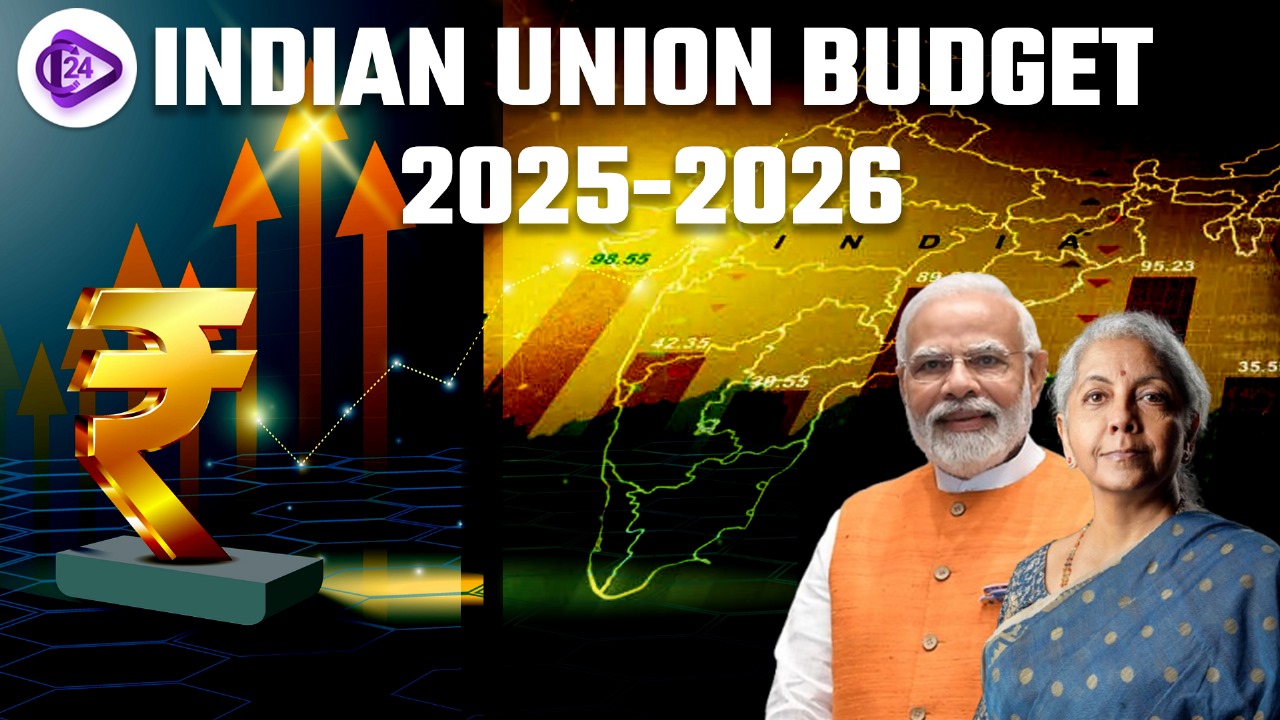
The Union Budget for 2025-2026 appeared before the nation on February 1, 2025 when Finance Minister Nirmala Sitharaman delivered it to the parliament. The Budget focuses on inclusive growth alongside innovation and job creation to enhance these main sectors: Agriculture, MSMEs, Investments and Exports. The government seeks to create a Viksit Bharat (Developed India) by promoting sustainable development alongside life-quality improvements for every Indian citizen along with global position growth.
The government directs its strategic initiatives toward Agriculture, MSMEs, Investment and Exports because their convergence strengthens India's financial position worldwide. Developing a Completed India serves as the main direction for this initiative which emphasizes national well-being through sustainable development and improved standards of living for all Indians.
Key Highlights of the 2025-2026 Budget
1. Agriculture as the 1st Engine of Growth: Empowering Farmers and Ensuring Food Security
The economy of India maintains agriculture as its essential base because it supports work opportunities for more than half of its population. The 2025-2026 budget presents programs designed to enhance agricultural productivity and food security while granting farmers updated capabilities.
Prime Minister Dhan-Dhaanya Krishi Yojana (PMDDKY):
- The program focuses on 100 districts showing low agricultural productivity levels. The program unites existing programs with specific interventions to enhance farmers' access to irrigation facilities and crop diversity options and post-harvest storage solutions as well as credit facilities.
Mission for Aatmanirbharta in Pulses:
- The government has initiated a 6-year program to achieve Indian self-sufficiency in pulses by cultivating Tur and Urad and Masoor crops. Through the mission the government will maintain profitable prices while advancing better methods for post-harvest management of essential crops.
National Mission on High-Yielding Seeds:
- The mission launch will concentrate on creating climate-robust seed types which demonstrate superior yield production. The mission seeks to build up research capability while boosting agricultural production levels.
Makhana Board in Bihar:
- A special board dedicated to Makhana (fox nuts) production and processing and marketing has been established to benefit Bihar as its leading Makhana-producing district. Through this program farmers will gain authority while increasing their earnings through training that happens at Farmer Producer Organizations (FPOs).
| Agricultural Focus Areas | Details |
|---|---|
| Agriculture Growth | Focus on improving irrigation, crop diversification, and post-harvest storage. |
| Pulses Mission | Supporting self-sufficiency in pulses, increasing productivity, and ensuring fair prices for farmers. |
| High Yielding Seeds Mission | Developing climate-resilient and high-yield seed varieties for better farm output. |
Impact: These policies will positively impact 1.7 crore farmers by enhancing rural living conditions and sustaining India's food security together with agricultural exports abroad.
2. MSMEs as the 2nd Engine of Economic Growth: Building India’s Manufacturing Backbone
The Indian economy depends heavily on the MSME sector because it produces major portions of manufacturing output and employment opportunities while generating important export revenue. The Budget implements different initiatives to boost MSME growth while improving financial availability and advancing technology development.
Key MSME Proposals:
Increased Credit Guarantee:
- The government increased Micro and Small Enterprises (MSEs) credit guarantee prospects from ₹5 crore to ₹10 crore. Through this move the government plans to unleash ₹1.5 lakh crore more in available credit which will benefit MSMEs seeking capital and running their business expansion projects.
Customized Credit Cards for Micro Enterprises:
- The government is establishing ₹5 lakh limit credit cards for micro-entrepreneurs who register through the Udyam Portal.
Fund of Funds for Startups:
- The Fund of Funds initiative received funding of ₹10,000 crore to facilitate investments for startups and technology-based innovations.
Support for Women Entrepreneurs:
- Women along with SC/ST and first-time business owners will gain access to term loans under a new scheme up to ₹2 crore for business expansion.
| Key MSME Initiatives | Details |
|---|---|
| Credit Guarantee Enhancement | Increasing credit availability to MSMEs, improving access to finance. |
| Start-Up Fund of Funds | Expanding the support system for startups and innovation. |
| Women Entrepreneurs Scheme | Providing ₹2 crore loans to support first-time women entrepreneurs. |
Impect: These proposed measures should support 5.7 crore MSMEs while boosting their worldwide market competitiveness and generating millions of employment opportunities throughout the nation.
🚀 "Union Budget 2025-26 is here! What are the key changes, tax updates, and economic impacts? Watch Bhuvnesh Sir’s in-depth analysis now!"
3. Investment as the 3rd Engine of India's Economic Future
Economic growth needs investment as its main driving force. Through various reforms the Budget seeks to attract home and international investors while promoting innovation steps and simplifying business operations.
Key Investment Proposals:
Personal Income Tax Relief:
- Under the new income tax system people who earn less than ₹12 lakh receive no tax assessment which eliminates the middle class tax burden while boosting their financial capacity.
Public-Private Partnerships (PPP):
The government has allocated ₹1.5 lakh crore through no-interest loans for state funding of capital projects. The partnership with the private sector will use these funds to implement infrastructure developments.
Clean Tech Manufacturing Support:
A Clean Tech Manufacturing Mission receives funding to establish four key clean technology manufacturing areas including solar PV cells and electric vehicle batteries together with wind turbines along with electric motors. The program establishes sustainable industrial practices to assist India in its climate goal fulfillment.
| Investment Focus Areas | Details |
|---|---|
| Tax Reforms for Middle Class | No tax for incomes up to ₹12 lakh and increased tax benefits. |
| Public-Private Partnerships | ₹1.5 lakh crore to encourage infrastructure development. |
| Clean Tech Manufacturing | Supporting the production of solar PV cells, EV batteries, and wind turbines. |
Impact: These reforms will boost investment quantity as well as economic development to convert India into a top business destination.
4. Exports as the 4th Engine for Global Growth
The Indian government remains dedicated to extending Indian operations worldwide by elevating export levels. The Budget contains provisions to enhance economic relations and market competitiveness of India in the worldwide trading sector.
Key Export Proposals:
Export Promotion Mission:
-
The establishment of a sectoral export promotion mission serves to find essential markets that need specific export assistance.
BharatTradeNet Platform:
- The new digital trade documentation system through BharatTradeNet will let exporters manage their processes more efficiently and minimize delayed procedures.
| Export Promotion Initiatives | Details |
|---|---|
| Export Promotion Mission | A focused mission with sectoral targets to increase India's exports. |
| BharatTradeNet Platform | A unified platform for streamlined trade and export financing. |
Impact: These steps will boost Indian exports and strengthen trade partnerships as well as generate business prospects from various industrial sectors.
Income Tax Slabs for 2025-2026: A More Tax-Friendly Regime for the Middle Class
The Government introduced fresh tax brackets during the 2025-2026 Budget to give middle-class taxpayers economic benefit which simultaneously stimulates both spending and investments. Under the new tax structure the income tax system follows this specific breakdown:
| Income Range | Tax Rate | Taxable Income | Tax Payable |
|---|---|---|---|
| Up to ₹4 lakh | Nil | ₹0 - ₹4,00,000 | ₹0 |
| ₹4 lakh to ₹8 lakh | 5% | ₹4,00,001 - ₹8,00,000 | ₹20,000 |
| ₹8 lakh to ₹12 lakh | 10% | ₹8,00,001 - ₹12,00,000 | ₹40,000 |
| ₹12 lakh to ₹16 lakh | 15% | ₹12,00,001 - ₹16,00,000 | ₹60,000 |
| ₹16 lakh to ₹20 lakh | 20% | ₹16,00,001 - ₹20,00,000 | ₹80,000 |
| ₹20 lakh to ₹24 lakh | 25% | ₹20,00,001 - ₹24,00,000 | ₹1,00,000 |
| Above ₹24 lakh | 30% | ₹24,00,001 and above | ₹1,20,000 and above |
Tax Rebate on Income Up to ₹12 Lakh
- In the new tax system individuals who earn up to ₹12 lakh can file their tax return without any obligation.
- Salaries receive increased disposable income through a standard deduction amounting to ₹75,000.
Impact: These proposed reforms will redistribute funds to middle-class populations which will boost both spending and saving activities and investable finances.
Fiscal Policy and Economic Outlook
The projected fiscal deficit for 2025-2026 will reach 4.4% of GDP as authorities maintain their efforts to consolidate finances while making essential public investments in priority industries. The government has dramatically raised its capital expenditure budget to ₹10.18 lakh crore because infrastructure development remains a top priority.
| Fiscal Parameters | Values |
|---|---|
| Fiscal Deficit (2025-2026) | 4.4% of GDP |
| Total Expenditure | ₹50.65 lakh crore |
| Net Tax Receipts | ₹28.37 lakh crore |
Conclusion
India experiences its transformational economic growth phase through the implementation of the 2025-2026 Union Budget. The government has identified agriculture together with MSMEs and infrastructure and export development as key initiatives to establish India's leadership position on the world stage during upcoming decades. Through its priorities supporting inclusive growth and tax relief and innovation alongside job creation India will fulfill its goal to become a Viksit Bharat (Developed India).



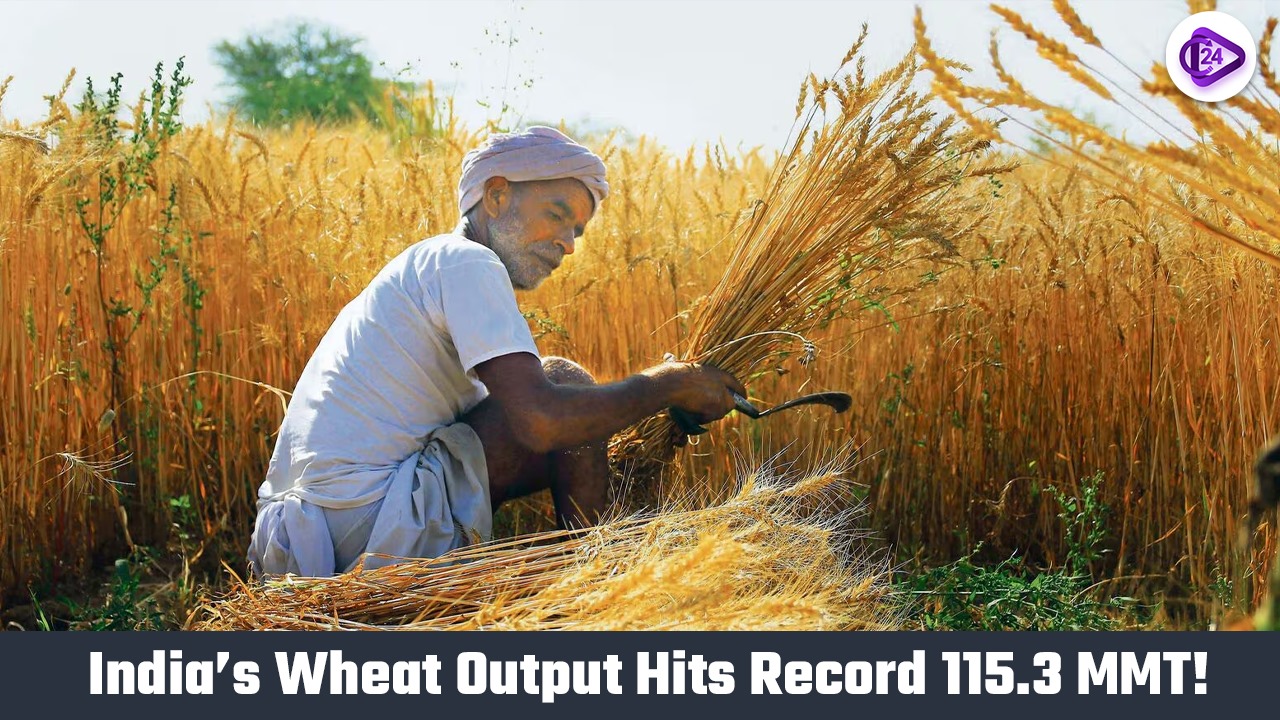 India’s Wheat Production Estimated to Hit Record High of 115.3 Million Metric Tonnes in 2024-25
India’s Wheat Production Estimated to Hit Record High of 115.3 Million Metric Tonnes in 2024-25 Surging Cotton Imports: Challenges for Indian Farmers & Textile Industry
Surging Cotton Imports: Challenges for Indian Farmers & Textile Industry India’s Spice Industry Needs Value Addition to Boost Global Market Share
India’s Spice Industry Needs Value Addition to Boost Global Market Share Govt Approves Multi-Feedstock Ethanol Plants for Sugar Mills
Govt Approves Multi-Feedstock Ethanol Plants for Sugar Mills India’s Bioeconomy to Reach $300 Billion by 2030: Union Minister
India’s Bioeconomy to Reach $300 Billion by 2030: Union Minister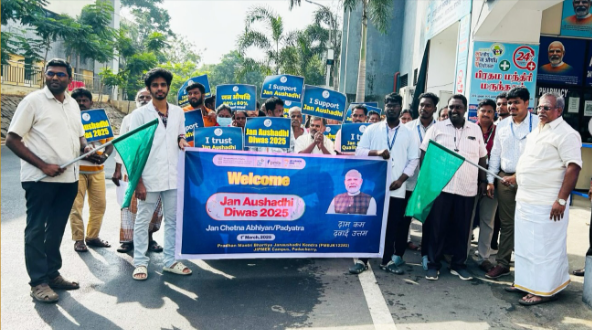 Jan Aushadhi Diwas 2025: Ensuring Affordable Medicines for All
Jan Aushadhi Diwas 2025: Ensuring Affordable Medicines for All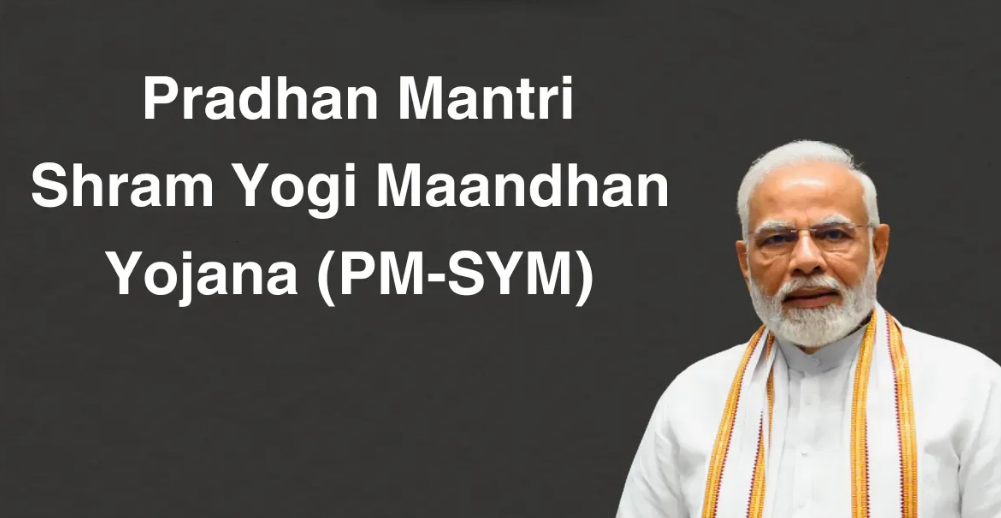 Pradhan Mantri Shram Yogi Maandhan Yojana 2025: Pension Scheme for Unorganised Workers
Pradhan Mantri Shram Yogi Maandhan Yojana 2025: Pension Scheme for Unorganised Workers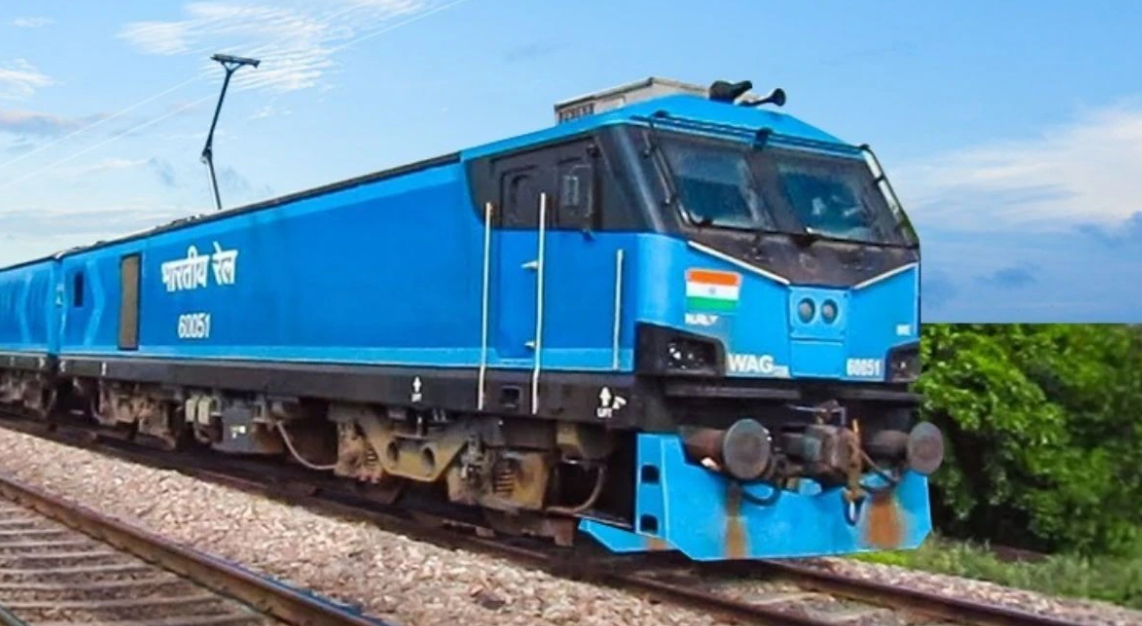 IRCTC and IRFC Attain 'Navratna' Status from the Government of India
IRCTC and IRFC Attain 'Navratna' Status from the Government of India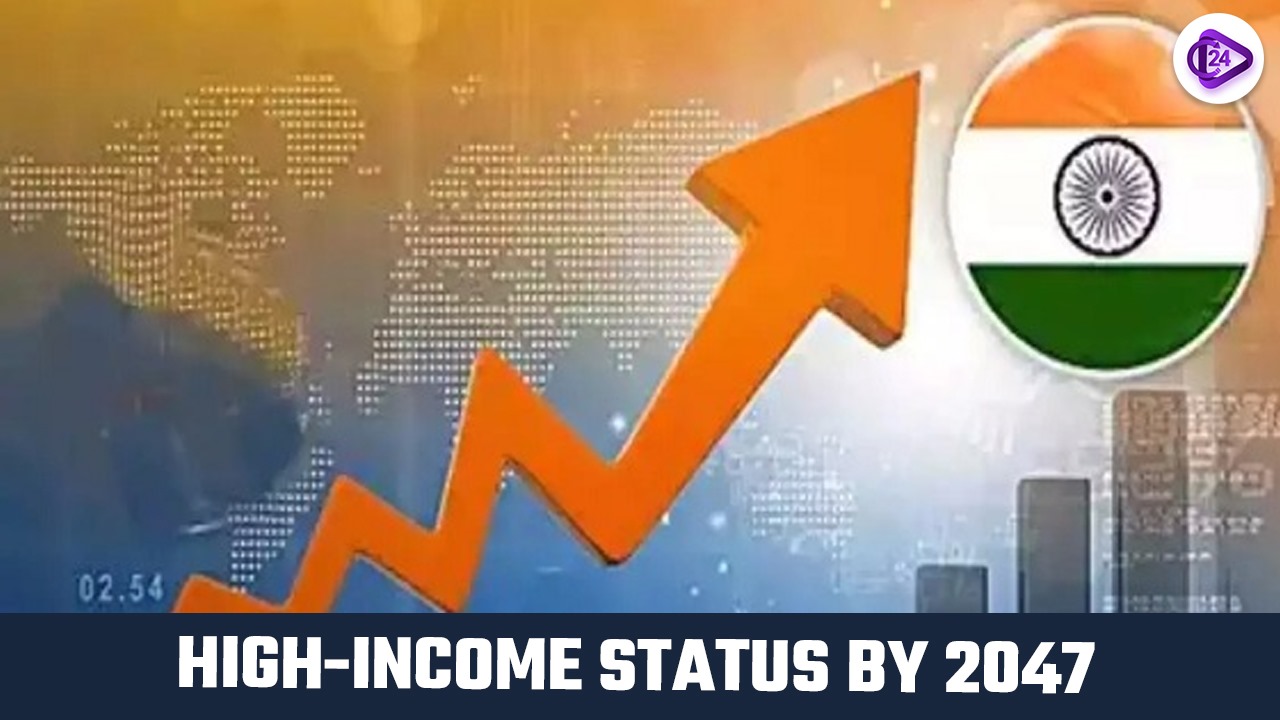 India Needs Accelerated Reforms to Achieve High-Income Status by 2047: World Bank
India Needs Accelerated Reforms to Achieve High-Income Status by 2047: World Bank GeM: Revolutionizing Public Procurement with Transparency & Inclusion
GeM: Revolutionizing Public Procurement with Transparency & Inclusion






